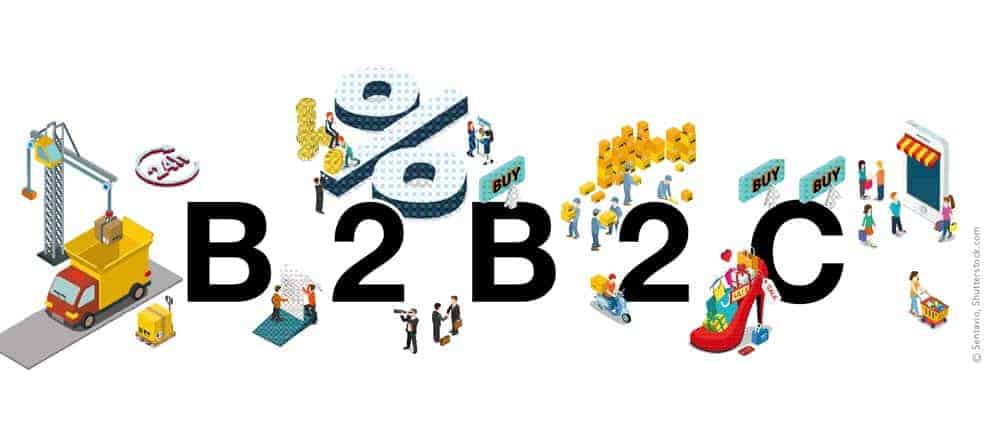Purchasing of the future - no way back


The proof is as close as the coffee shop around the corner: there you can see a lot of people with smartphones and tablets - the desire for flexible working hours and workplaces is becoming a reality here.
Mobile access to the Internet, but also to IoT data, enables decision-makers to access important information anytime and anywhere. At the same time, business networks enable highly efficient, productive, and value-oriented collaboration, even when team members are scattered around the globe.
For purchasing experts, this is not the first fundamental change. They are the "unsung heroes" who for many years have followed the mantra: "Only lower costs are good costs."
Particularly innovative representatives of their guild use self-service portals, mobile apps, automation of order and invoice processing, cloud solutions and social collaboration tools to streamline processes and manage expenses.
Purchasing organizations are constantly faced with the task of ensuring fast, simple, sustainable and low-risk processes and supply chains. Ideally "Apple-simple" and "Google-fast", as we know it from the private environment, e.g. Ebay.
Ultimately, only one thing counts: providing goods and services to customers in the most value-creating way possible. Digitization offers immense potential here.
At a time when companies everywhere are striving to optimize their purchasing processes and supplier networks, purchasing has a unique opportunity to rise from an inconspicuous cost center to a strategically significant management partner.
Prominent examples exist, such as the production of coffee capsules, which have created a new sales market, or the non-scratching "Gorilla Glass" of our smartphones and tablets.
Through the use of cloud-based applications, there is access to the entire purchasing cycle at all times. This digital strategy also makes the purchasing process easier and more intuitive for customers, as applications can be replicated using stored purchasing data from previous orders without the need to re-enter data, and recommendations for action can be made for future purchasing processes (predictive analytics and prescriptive guidance).
The combination of data analytics and decision making gives brands more insights from their supply chain and related operations. Value is created on multiple fronts:
Innovation on the supplier side: By critically screening suppliers and their capabilities, procurement can enable or even accelerate the development of innovative products and thus promote new business models.
Better risk management: By analyzing spend and supplier data across categories and down to component level, purchasing identifies risks, such as impending material shortages, long before they can become threatening.
Secure and sustainable supply chains: By matching suppliers and order schedules, purchasing can ensure that all required materials are delivered at the right time, in the right quality, and in the right quantity.
Purchasing today is a very different and much more developed, strategically oriented function than it was ten years ago - or a year ago. Purchasing of the future will focus on strategic, value-adding activities and optimally shape the digital transformation.
Operational tasks are becoming increasingly automated, the purchasing department smaller, the value contribution greater. Purchasing can use new technologies, cross-process data and complete supply chain transparency to make the "corporate purchasing experience" easier and smarter.
If Purchasing 4.0 succeeds in this transformation, the function will have a higher status and contribute more value to the company's success.





